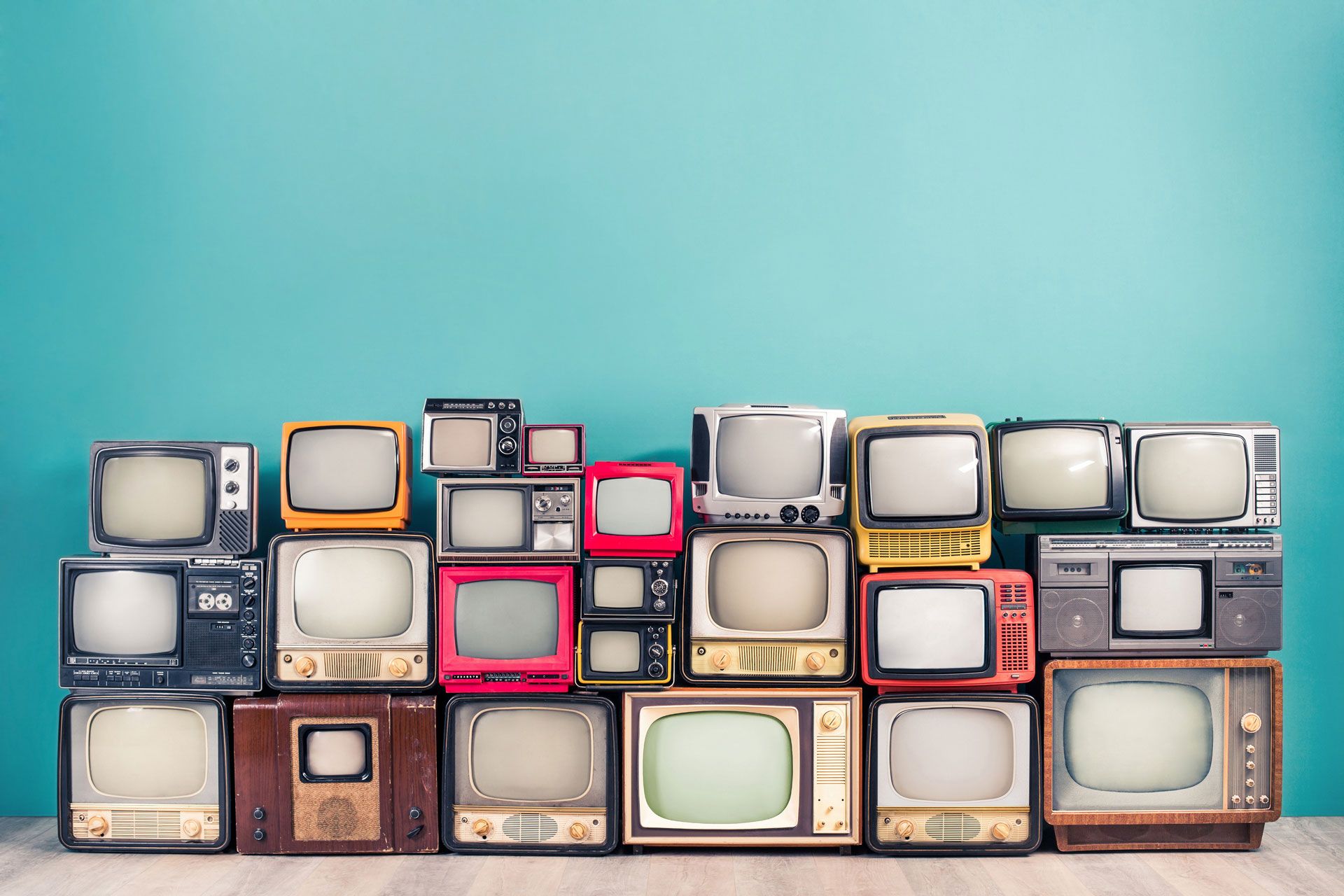
World Television Day: Enabling TV development for 75 years
ITU News
Since 1948, the International Telecommunication Union (ITU) has worked closely with broadcasters to develop new standards and systems aligned with the latest broadcasting technologies.
Mario Maniewicz, celebrated World Television Day on 21 November with on overview of ITU’s close engagement with the emerging television industry over the years.
“We take pride in ITU’s 75 years of efforts in developing new broadcasting standards and systems aligned with the latest cutting-edge technologies,” Maniewicz told delegates at ITU’s World Radiocommunication Conference (WRC‑23) in Dubai, UAE.
Through this kind of technical work, ITU has enabled helped to transform our world into a “global village.”
“Since it released its first technical standards for television in 1949, ITU has consistently developed globally harmonized standards that have progressively enhanced the television viewing experience, addressing both visual and audio quality,” Maniewicz explained. “From early colour TV standards to developing parameters for 4:3 and widescreen 16:9 aspect ratio television, ITU has championed the switch to digital TV broadcasting and High Definition and Ultra-High-Definition Television. These transitions enabled more services, and improved picture and sound quality.”
The ITU Radiocommunication Sector (ITU-R) recently received its third Emmy award for the development of high-dynamic range television (HDR-TV), based on extensive work by experts in ITU-R Study Group 6, focused on broadcasting services.
“ITU has been crucial in developing services that improve the accessibility of audio-visual content, leading to a massive increase in the availability of subtitles, audio description, and multiple languages,” Maniewicz said.
Over the years, ITU radiocommunication standards have also ensured television is available and affordable worldwide, particularly in remote areas.
“Today, the convergence of traditional broadcasting and Internet services is merging media content, data, and applications using broadband networks delivered via terrestrial, satellite and Internet platforms. Streaming on multiple portable devices has made TV an integral part of life, accounting for 80 per cent of all consumer Internet traffic,” he said.
“Exciting recent developments include DVB-I, integrating broadband applications into broadcast services, and 5G Broadcast, leveraging technologies from mobile networks to maximise reach on handheld devices.”
See Mario Maniewicz’s World Television Day remarks.
Header image credit: Adobe Stock
